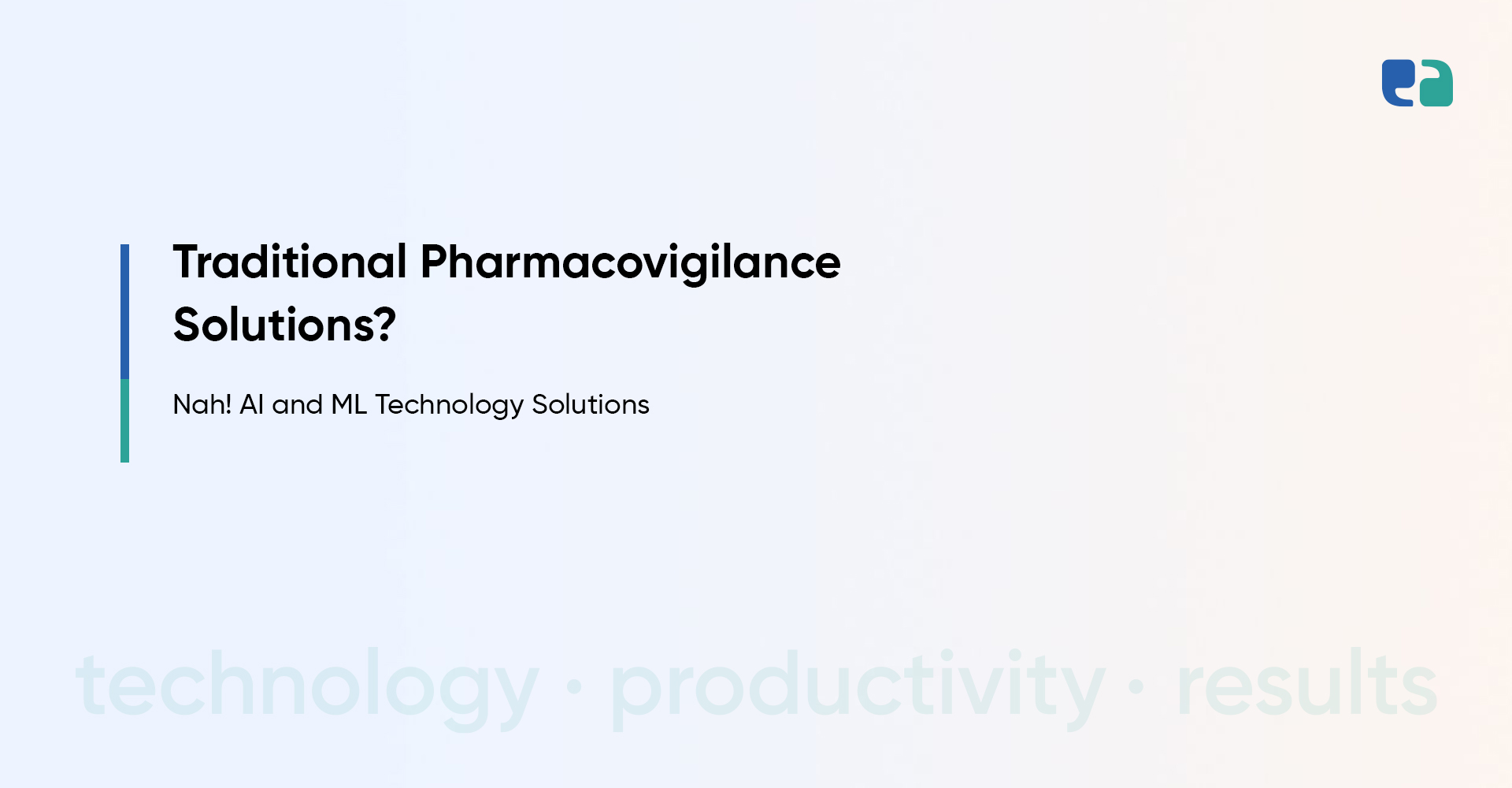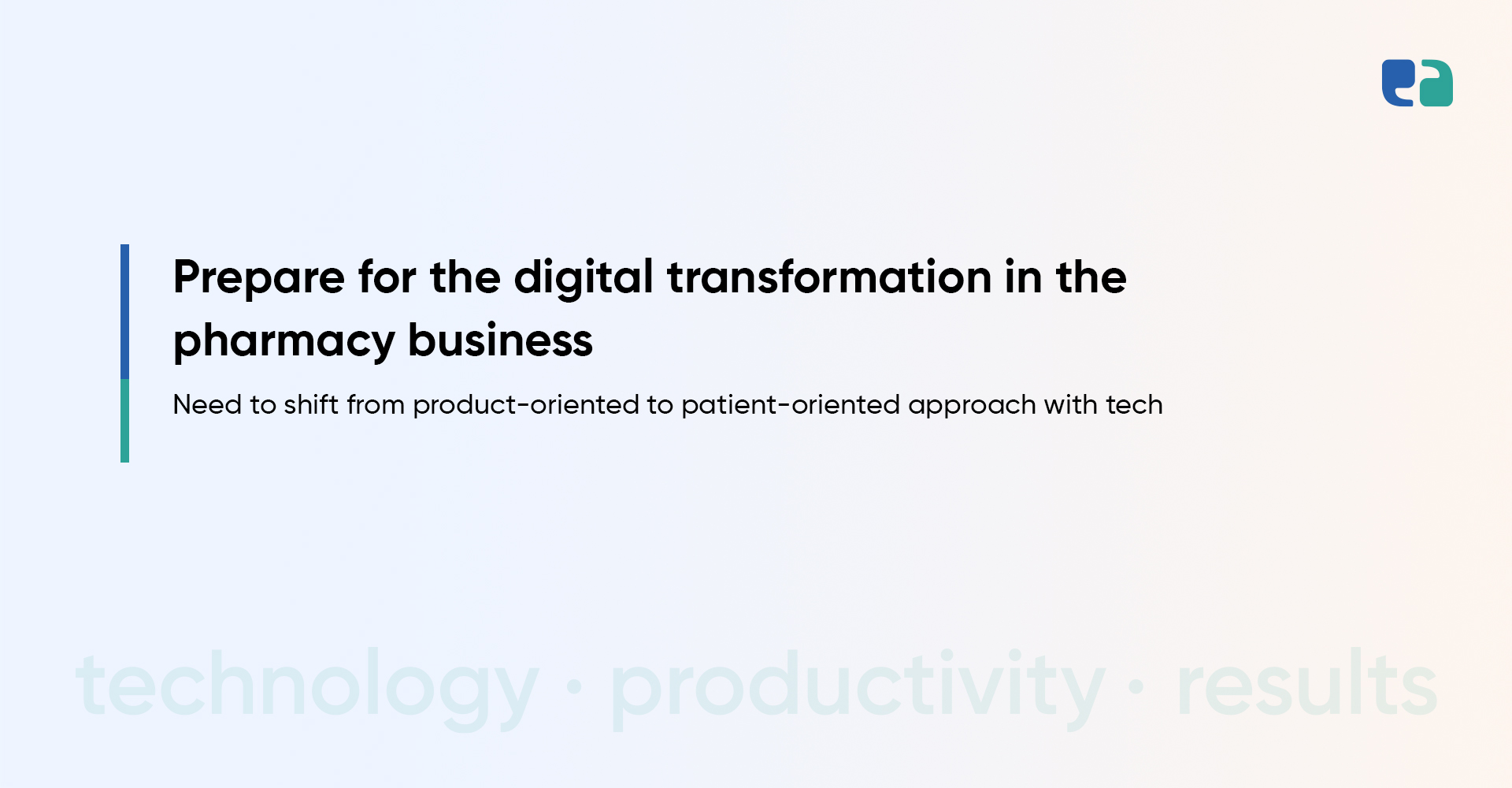Artificial intelligence (AI) and machine learning (ML) technologies have reshaped the field of pharmacovigilance.
It has revolutionized drug safety and ushered in a new era of improved patient care.
Let’s explore the indispensable role of AI and ML in the pharmaceutical industry.
Pharmacovigilance in the Pharmaceutical Industry
Pharmacovigilance is the science and activities related to the detection, assessment, understanding, and prevention of adverse effects or any other drug-related problems.
It is an essential aspect of the pharmaceutical industry.
Traditionally, pharmacovigilance relied heavily on manual processes, making it time-consuming and prone to human error.
However, with the integration of AI and ML, the landscape has undergone a dramatic shift.
The Application Areas of AI and ML in the Industry
AI and ML have found extensive applications across various stages of the drug development lifecycle.
From drug discovery and clinical trials to post-market surveillance, these technologies have proven invaluable in optimizing processes and driving meaningful insights.
Here are a few key areas where AI and ML have made a significant impact:
The Challenges of the Traditional Pharmacovigilance Solutions
Traditional pharmacovigilance solutions have played a crucial role in monitoring drug safety and ensuring patient well-being.
However, these conventional approaches come with inherent challenges that hinder their effectiveness.
The Role of AI and ML in Mitigating These Challenges
Redefine The Drug Safety by Embracing AI and ML in Your Organization
The advancements offered by AI and ML are reshaping the way drug safety is ensured.
To leverage these technologies and navigate the complexities of implementing AI and ML solutions in the pharmaceutical industry,
Partnering with a trusted healthcare software development company is crucial.
We, at SyS Creations, have become experts in the field with over 8 years of experience specializing in dedicated healthcare projects.
Our expertise lies in understanding the unique challenges and requirements of the pharmaceutical industry.
We then offer tailored solutions to optimize pharmacovigilance processes.
Connect with us by clicking on the contact button!



